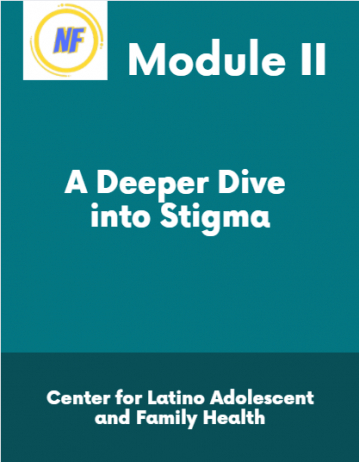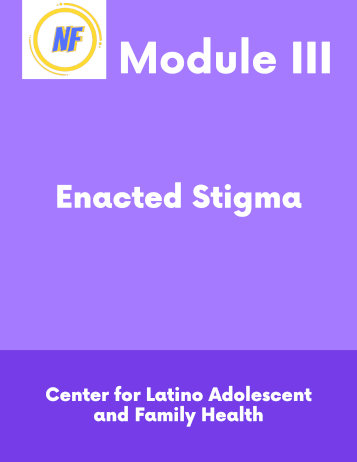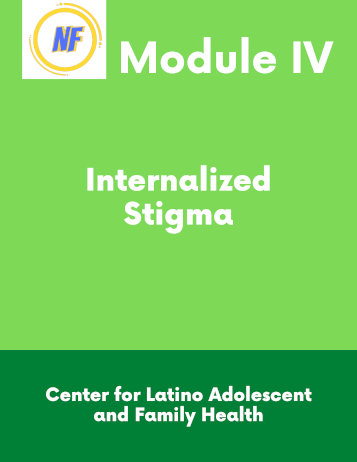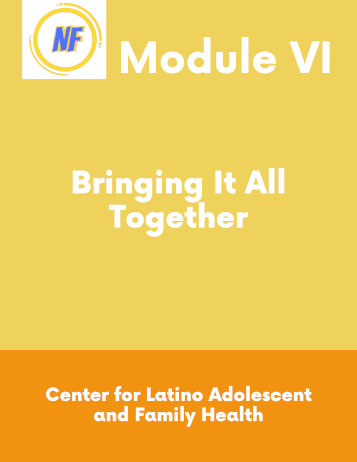
The NO FEARS (Nurturing Ourselves: Family Education and Activities to Reduce Stigma) program is a family-based stigma reduction intervention designed for youth living with HIV. The NO FEARS program provides youth living with HIV and their families with guidance on how to support stigma reduction and promote youths' life opportunities and their development into healthy and fulfilled adults. The NO FEARS program covers activities and strategies that are designed to support families in reducing stigma and increasing youth’s adherence to their HIV medication, also known as antiretroviral therapy (or ART).
The NO FEARS program is inclusive and intended for diverse families. Activities for youth and their parents can involve all kinds of primary caretakers or parental figures such as biological parents, adoptive parents, grandparents, aunts or uncles, or an adult figure within a chosen family.
The NO FEARS program has two components:
-
An animated video series telling the story of No Fears, a young man of color living with HIV, and his adventures in overcoming three HIV stigma villains with the support of his family.
-
A family workbook that outlines specific family activities designed to reduce the impact of stigma on youth living with HIV and increase youth’s well-being and adherence to HIV medication.

The animated videos and workbook are structured in six modules, each covering an important aspect of stigma among young people living with HIV. All six modules are available for free on this website and will be released over the coming months. Get started with NO FEARS below!
Module 1: An Overview of Stigma
Module 1 introduces the NO FEARS program, provides an overview of the impact of stigma on young people living with HIV, and highlights the important role of families in supporting stigma reduction and youths’ development into healthy and fulfilled adults.
Module 2: A Deeper Dive into Stigma
Module 2 introduces three different types of stigma—enacted stigma, internalized stigma, and anticipated stigma—and supports families in identifying and talking about the three stigmas.
Module 3: Enacted Stigma
Module 3 explores the first type of stigma, enacted stigma, as well as specific strategies that families can use to reduce enacted stigma.
Module 4: Internalized Stigma
Module 4 explores the second type of stigma, internalized stigma, as well as specific strategies that families can use to reduce internalized stigma.
Module 5: Anticipated Stigma
Module 5 explores the third type of stigma, anticipated stigma, as well as specific strategies that families can use to reduce anticipated stigma.
Module 6: Bringing it all Together
Module 6 discusses the ongoing process of managing stigma and supports families in developing a plan for managing stigma on an every-day basis.





